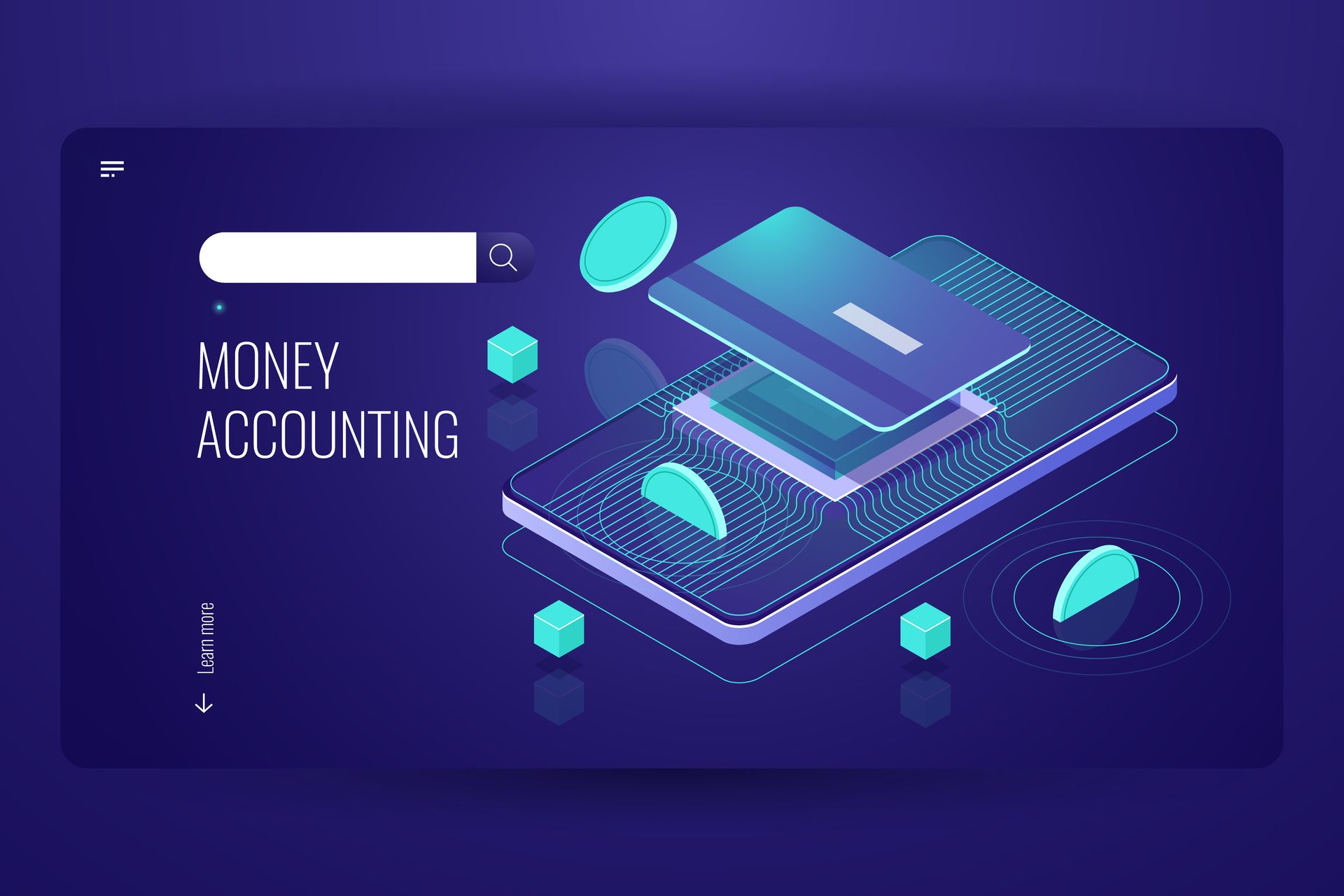In today’s rapidly evolving financial landscape, the way we access and utilize financial assistance is undergoing a significant transformation. Whether you’re looking for same day loans, business or personal loans – traditional lending institutions are no longer the sole providers of financial support, as innovative technologies and approaches are reshaping the future of financial assistance. In this blog post, we will explore some of the key developments in lending innovation that are changing the way individuals and businesses access much-needed funds.
Peer-to-Peer lending: The rise of the sharing economy
One of the most prominent innovations in the world of lending is peer-to-peer (P2P) lending platforms. These platforms connect borrowers directly with individual investors, bypassing the traditional banking intermediaries. P2P lending has gained immense popularity in recent years due to its efficiency and accessibility.
P2P lending platforms provide a win-win situation for both borrowers and investors. Borrowers can often secure loans at competitive interest rates, while investors have the opportunity to earn attractive returns on their investments. The transparency and ease of use of these platforms have made them a viable alternative to traditional loans.

FinTech revolution: Streamlining the loan application process
Financial technology, or FinTech, is revolutionizing the lending industry by streamlining the loan application and approval process. FinTech companies leverage advanced algorithms and artificial intelligence to assess creditworthiness quickly and accurately. This means faster loan approvals, reduced paperwork, and a more efficient borrowing experience for individuals and businesses alike.
Moreover, FinTech companies are exploring innovative ways to use alternative data sources, such as social media activity and online behaviour, to evaluate an applicant’s creditworthiness. This approach enables them to extend financial assistance to those who may not have a traditional credit history, opening up opportunities for a broader range of borrowers.
Cryptocurrency and blockchain: The future of lending security
Cryptocurrency and blockchain technologies are transforming lending in terms of security and transparency. Blockchain, in particular, offers a tamper-proof ledger that records all loan transactions. This ledger can be accessed by all relevant parties, including borrowers, lenders, and regulators, ensuring transparency and trust in the lending process.
Smart contracts, which are self-executing contracts with the terms of the agreement directly written into code, are a powerful tool in blockchain-based lending. They automate loan disbursements, repayments, and collateral management, reducing the need for intermediaries and the associated costs.
Cryptocurrencies like Bitcoin and stablecoins also offer the potential for borderless lending, enabling individuals and businesses to access loans from anywhere in the world without the need for traditional banking infrastructure.
Microloans and financial inclusion: Bridging the gap
Microloans have emerged as a vital tool for financial inclusion, bringing much-needed assistance to underserved populations. These small, short-term loans are typically provided to individuals and small businesses that do not have access to traditional banking services. Microloans empower individuals to start or expand their businesses, invest in education, or cover unforeseen expenses.
Innovations in microloan platforms are making it easier for borrowers to access these loans. Mobile apps and online platforms are reducing barriers to entry, allowing borrowers to apply for microloans conveniently and quickly. Additionally, the use of alternative data sources is helping to assess the creditworthiness of individuals who lack a traditional credit history.

Decentralized finance (DeFi): The future of borrowing and lending
Decentralized Finance, or DeFi, represents a groundbreaking shift in how lending and borrowing occur. DeFi platforms are built on blockchain technology and use smart contracts to automate financial transactions without the need for traditional intermediaries.
One of the key advantages of DeFi is its accessibility. Anyone with an internet connection can participate in DeFi lending and borrowing, making it a global financial system that is not bound by geographic or institutional restrictions.
Furthermore, DeFi platforms often offer competitive interest rates for both borrowers and lenders, as they eliminate many of the overhead costs associated with traditional banking. However, it’s worth noting that DeFi also comes with its own set of risks and challenges, such as smart contract vulnerabilities and regulatory uncertainties.
Embracing the future of financial assistance
Lending innovation is reshaping the landscape of financial assistance, making it more accessible, efficient, and inclusive than ever before. Whether through P2P lending, FinTech advancements, blockchain technology, microloans, or DeFi platforms, individuals and businesses now have a wide array of options to choose from when seeking financial support.
As these innovations continue to evolve and mature, it is essential for borrowers and investors to stay informed and make informed decisions. While the future of financial assistance looks promising, it also comes with its own set of challenges and risks that need to be carefully navigated. Ultimately, embracing these innovations can lead to a more financially inclusive and empowered world for everyone.
Featured image source: freepik





